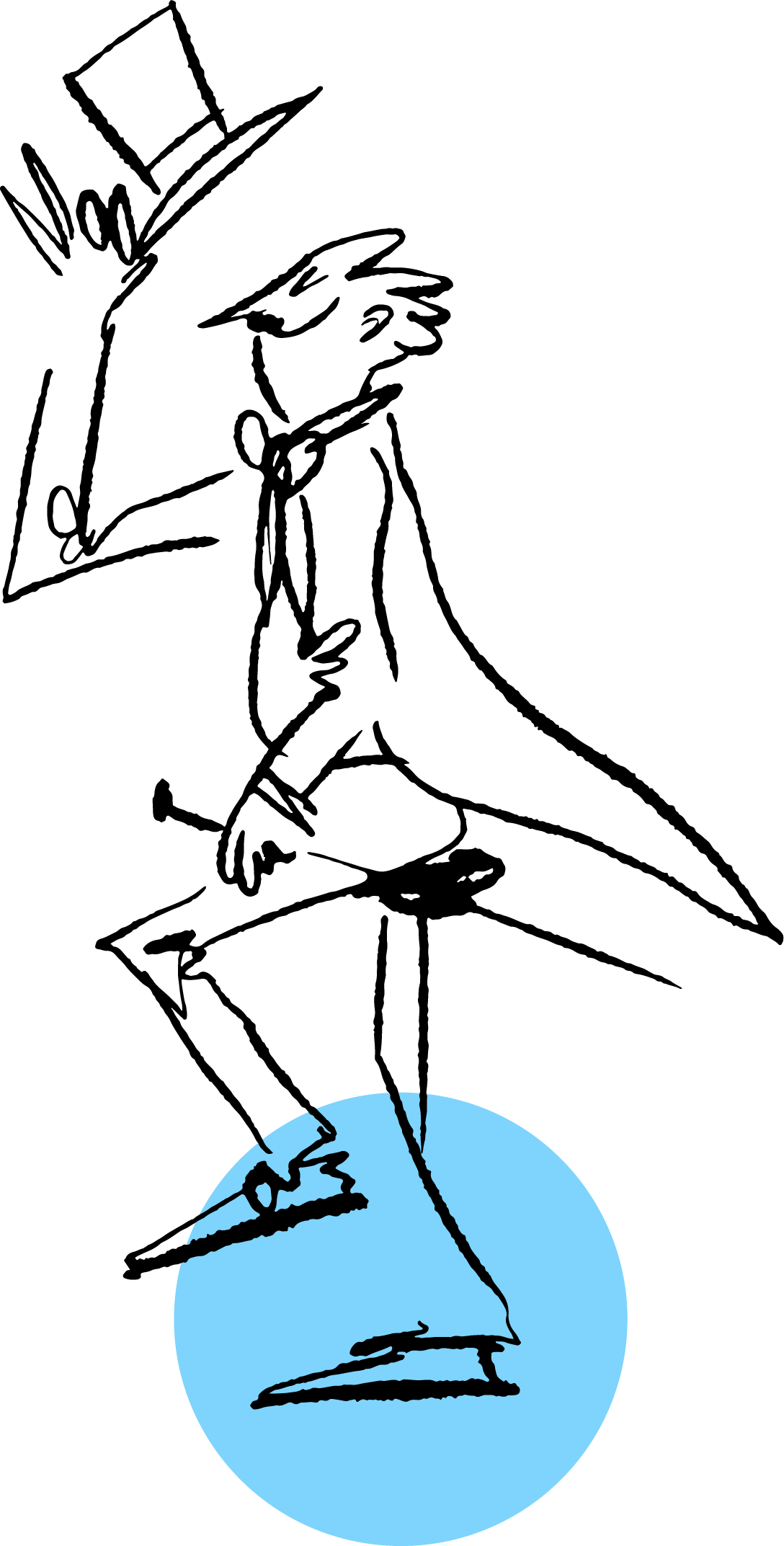Business Acumen + Creative Industries

A friend of mine told me recently that architects leave school with the unerring belief that their strengths lie in their creativity and their originality, and that is the thing that should make your business successful and bring clients to you. They believe that should be all it takes to make it in a competitive market.
If and when clients do come it the reality of what it takes starts to set in. Yes, creative entrepreneurs are selling their originality and clients absolutely come for their creativity, but there’s also a business to run. Go beneath the pretty, outward facing surface and more likely than not you’ll find a business running on a mishmash of systems and ad-hoc structures implemented to solve immediate problems. A house of cards, if you will. Not all systems are a waste of course, some were potentially useful in the beginning, but most are applied without much longer-term thought to how the business functions, or wants to function in the future. Choices are made to plaster over the problems right now, kicking any underlying issues down the road to be dealt with another time.
Additionally, there seems to be an accepted understanding that creative industries cannot make that much money (except for the few who make it to luxury or cult status). It’s a generally accepted belief because everything about it reinforces it, from the wages paid to the fees charged. Why? Because the motivation for the work is not the money; it is the creation. It is as if it is somehow a secondary focus, or dirty or, even more sinister, “selling out”, to consider one’s creativity as a marketable, commercial venture.
Some clients cheapen creative work, while at the same time putting creation on a pedestal. They need what is being sold, but they also don’t expect to pay properly for it. This applies especially to those who work with small companies that are just starting out or are a few years in. They take advantage of the creative’s pervasive and age-old fear that the clients will disappear or sales will dry up if they charge more, or that a client won’t appoint them if they don’t do something speculatively (i.e. for free). These are legit fears that come from an antiquated master-servant relationship between client and creative. These types of clients dangle carrots, offering potential future work assuming you play ball. And, more often than not, we creatives fall for it because equally, there is the motivation to create a name for oneself or the business, and do work that’s “portfolio-building”. It’s a vicious cycle.
So we’re left with a business that makes beautiful work, but is operationally unsound and financially fragile. It is passive in the work it takes on because it relies on clients to tell them if their work is worth buying, rather that having a strategy about what work it wants to be known for and proactively building a business around it.
Like Robin Williams to Matt Damon in Good Will Hunting, we want to tell you, over and over again: “It’s not your fault”.
Creative businesses are set up by creatives who were trained to be creative in universities or in businesses by other creatives. We would be willing to bet that nine times out of ten, none of the training included business acumen. It simply does not exist. If it does, it generally still relies on old-fashioned ideas about business. It doesn’t train you in negotiation, planning, delegation, management, financial stability, cash flow, resourcing, marketing, purpose or culture; all things that are essential in the future of modern business.
These institutions are missing a trick in safeguarding the next generation of creatives, which, incidentally, is why Cloudfields does what it does: we want to help a new generation of creatives become both creatively and commercially successful. Business acumen is just as important as the work being generated. Without it, the work won’t be seen, appreciated, capitalised upon or provide any financial stability. It is neither dirty nor weak to know the true value of the creative when approaching clients or collaborators.
As a creative business, we’re here to tell you that can earn enough doing what you love but it requires tough decisions, a re-looking at your business and its internal structures and processes. It’s about creating real strategy, as well as defining the values and purpose that acts as a lodestar to the business and its people. With it, the cliched life of the poor creative, living hand to mouth, is history, and that creativity and originality with which they left school becomes about something bigger; it becomes a way to thrive.
Post by Lindsay Faller
Copyright © 2025 Cloudfields All rights reserved.